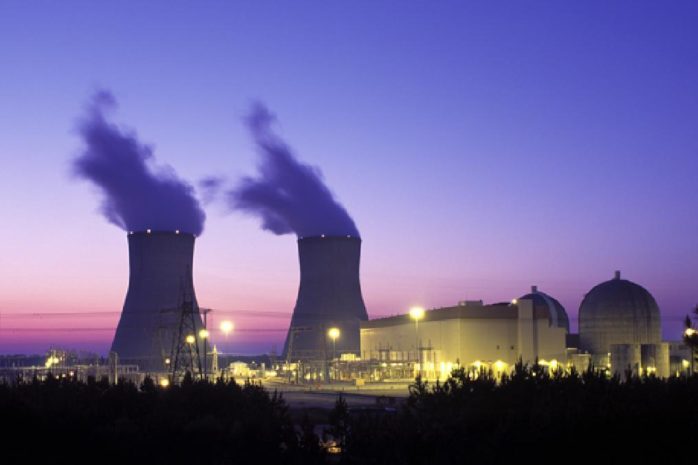The U.S.’s lack of carbon pricing and uncertainty about its climate policy are creating an enormous amount of financial system risk and impeding the flow of capital to renewable energy, according to a Commodity Futures Trading Commission (CFTC) subcommittee report that lays out how U.S. policymakers, regulators and other stakeholders can build a climate-resilient financial system.
“Escalating weather events pose significant challenges to our financial system and our ability to sustain long-term economic growth,” said Rostin Behnam, the CFTC Commissioner who initiated the report. The U.S.’s power infrastructure, in particular, faces significant vulnerabilities from the more frequent extreme weather attributed to climate change.
Today, financial markets are not consistently pricing climate risk; this means that financial instruments – stocks, bonds, futures, bank loans, etc… – do not always incorporate climate change risks in their pricing.
“Until this fundamental flaw is fixed, capital will flow in the wrong direction,” according to the report, which includes 53 recommendations on how to mitigate climate-related financial market risks. Although there is an ongoing debate about the right price for emissions, it is clear that inactivity creates a large and growing liability. In time, risk can build up and eventually cause a disorderly adjustment of prices, the report warned.
“Putting a price on GHG emissions creates an economic incentive to allocate capital toward the development of new lower-emitting technologies,” it added. Also, a financial system that is better able to measure and manage climate risk should be better positioned to absorb and recover from climate-related shocks and to help investors and entrepreneurs find opportunities during the transition, it noted. Pricing carbon is beyond the remit of financial regulators alone; it is the job of Congress.
Last year, Wood Mackenzie estimated that more than $4.5 trillion might be needed over the next 10 to 20 years to decarbonize the U.S. power grid.
Facilitating the transition
“Investors and financial markets are poised to deliver the low-carbon capital and infrastructure that our global economy requires to address climate risk. We know what we need to do and how to do it. We are impatiently waiting for the appropriate incentives and other policies to reduce emissions to be instituted through legislation,” the report said, noting that only then will the power of the financial system be able to address, at scale, this existential threat.
Government spending can also be structured to more directly remove the barriers that have been impeding capital flows, the report said. Several successful government programs focused on de-risking certain investments and attracting private capital already exist. The report’s authors pointed out that the U.S. Department of Energy, the U.S. Department of Agriculture and the U.S. Department of Transportation already have the authority to encourage clean energy and resilience through the loans and loan guarantees that they deploy to large-scale infrastructure projects.
Additionally, green banks can mitigate barriers of scale by aggregating small transactions and supporting the development of new products. “Ultimately, many of these programs are focused on attracting private-sector capital to increase total funding,” the report said. New York Green Bank has mobilized $2.6 billion in this way, and existing authorities could be leveraged and expanded into a more unified program, perhaps under a federal umbrella, it added.
Beyond pricing carbon risk, the experts from the banking and asset management sectors, academia, environmental groups, and other trade and industry groups who worked on the report, agreed that collaboration with international efforts to address climate-related financial market risk would be helpful.
This content is protected by copyright and may not be reused. If you want to cooperate with us and would like to reuse some of our content, please contact: editors@pv-magazine.com.








By submitting this form you agree to pv magazine using your data for the purposes of publishing your comment.
Your personal data will only be disclosed or otherwise transmitted to third parties for the purposes of spam filtering or if this is necessary for technical maintenance of the website. Any other transfer to third parties will not take place unless this is justified on the basis of applicable data protection regulations or if pv magazine is legally obliged to do so.
You may revoke this consent at any time with effect for the future, in which case your personal data will be deleted immediately. Otherwise, your data will be deleted if pv magazine has processed your request or the purpose of data storage is fulfilled.
Further information on data privacy can be found in our Data Protection Policy.